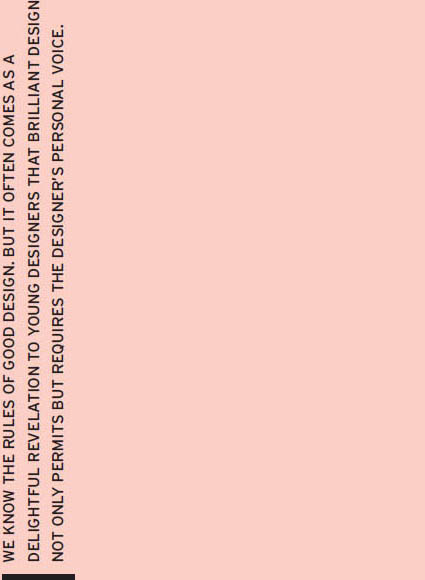BRENDA LAUREL ENGAGES HEAD-ON WITH POP CULTURE. SHE CONSTRUCTS INTERACTIVE ENVIRONMENTS THAT CHALLENGE US TO LOOK BEYOND OUR NEXT CONSUMER FIX SO THAT WE MIGHT ENACT REAL CHANGE IN OUR SOCIETY. “Design,” she advocates, “gives voice to values.…A design that has not engaged the designer’s values may speak, but with a hollow voice.”1 In 1996 Laurel cofounded the game development firm Purple Moon, whose aim was to produce media that recognized the needs and interests of young girls between eight and fourteen—a market largely ignored by the gaming industry at the time. Although acquired by Mattel in 1999 and shut down, the firm successfully staked out a path for cultivating girls’ interest in computation. The insightful research behind Purple Moon, particularly regarding girls’ preference for interactive experiences stemming from complex social interactions, fed a broader understanding of gender and gaming.2 Laurel’s current work continues to fuel humanist goals of love and respect through the development of technology informed by empirical research. Her interests now lie in utilizing distributed sensor networks and visualizations of biological data to help decision makers—as well as the rest of us—engage more deeply with the natural world.
1 Brenda Laurel, “Reclaiming Media: Doing Culture Work in These Weird Times,” presentation, AIGA National Design Conference, Washington, DC, March 23, 2002), http://voiceconference.aiga.org/transcripts/index.html.
2 To hear more about Laurel’s experiences at Purple Moon, watch “Brenda Laurel: Games for Girls,” TED, February 1998, http://www.ted.com/talks/brenda_laurel_on_making_games_for_girls.

